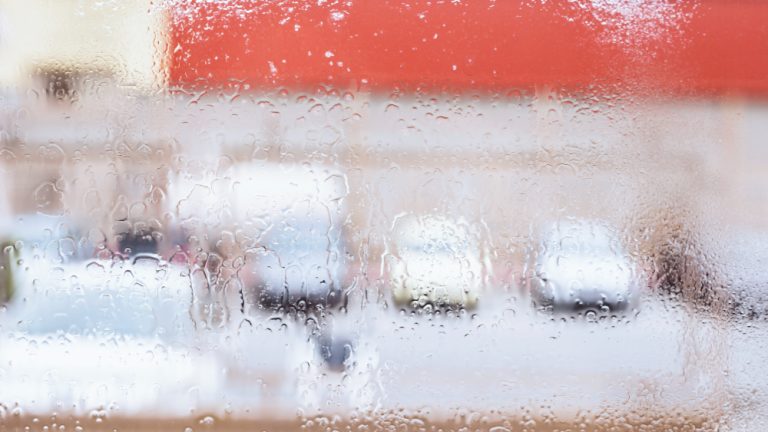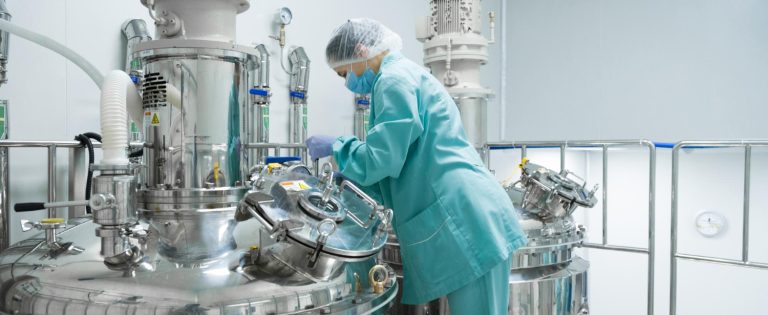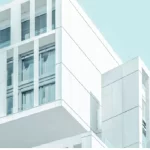Unlocking the Potential of Functional Fillers in Waterborne, UV-Curable Coatings

Blog Optimize your waterborne, UV-curable coatings with functional fillers. Discover how innovative functional fillers like 3M™ Ceramic Microspheres and nepheline syenite can enhance your waterborne UV-curable coatings. Read the Article In the evolving landscape of industrial coatings, functional fillers like…



